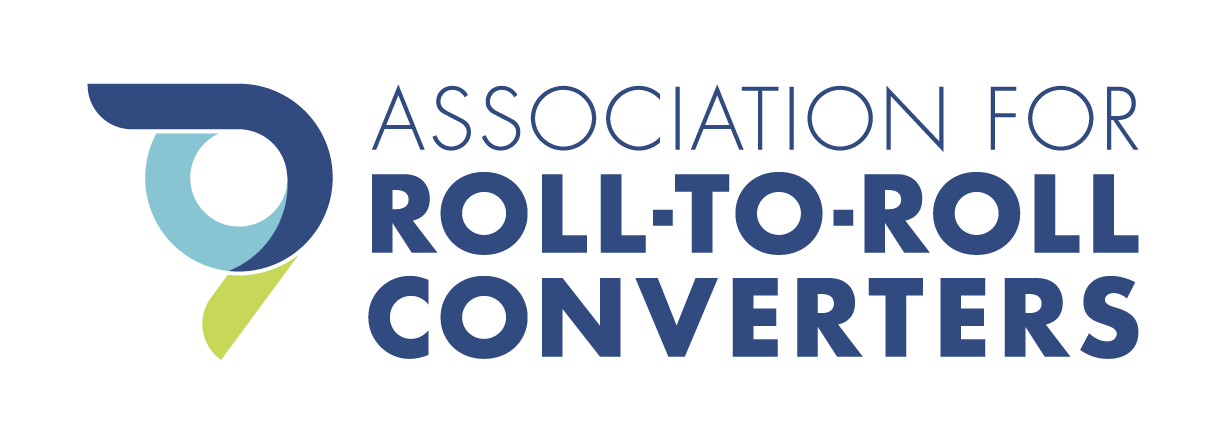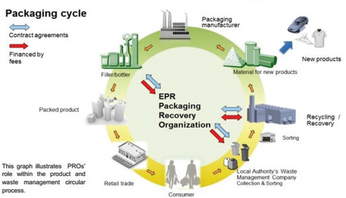Dual Curing Adhesives for Flexible Packaging
Presented by Andreas Meyer, H.B. Fuller
The use of film laminating adhesives for flexible packaging is a rapidly growing market. The primary adhesive technologies are solventless and solvent-based polyurethanes as well as water-based acrylic or pu dispersions (all one-part and two-part). There is also a small but growing market for radiation-cured adhesives.
Although the three primary technologies are widely used, they all have their limitations. Water-based adhesives require drying, which limits line speeds and significantly increases energy costs. In addition to problems and costs related to drying, solvent-based adhesives entail handling, disposal, environmental and regulatory concerns. Solventless adhesives have rapidly grown in market share because they have eliminated these problems and yet have the drawback of being essentially a liquid immediately after lamination. This can result in bleed through on porous substrates and delays when making multilayer laminations.
This paper discusses a patented technology incorporating UV or EB-curing into standard solventless adhesives. One aspect that makes this technology novel is the use of a dual curing mechanism where the first stage is a radiation cure that provides an instantaneous build of molecular weight and viscosity, and the second stage is a urethane cure that provides strength, thermal and chemical resistance to the structure.
As a consequence of the UV or EB-cure, the initial “liquid” stage of a solventless adhesive is bypassed, eliminating the problems with porous substrates and multilayer laminations.
This post is for paying members only
SubscribeAlready have an account? Log in

